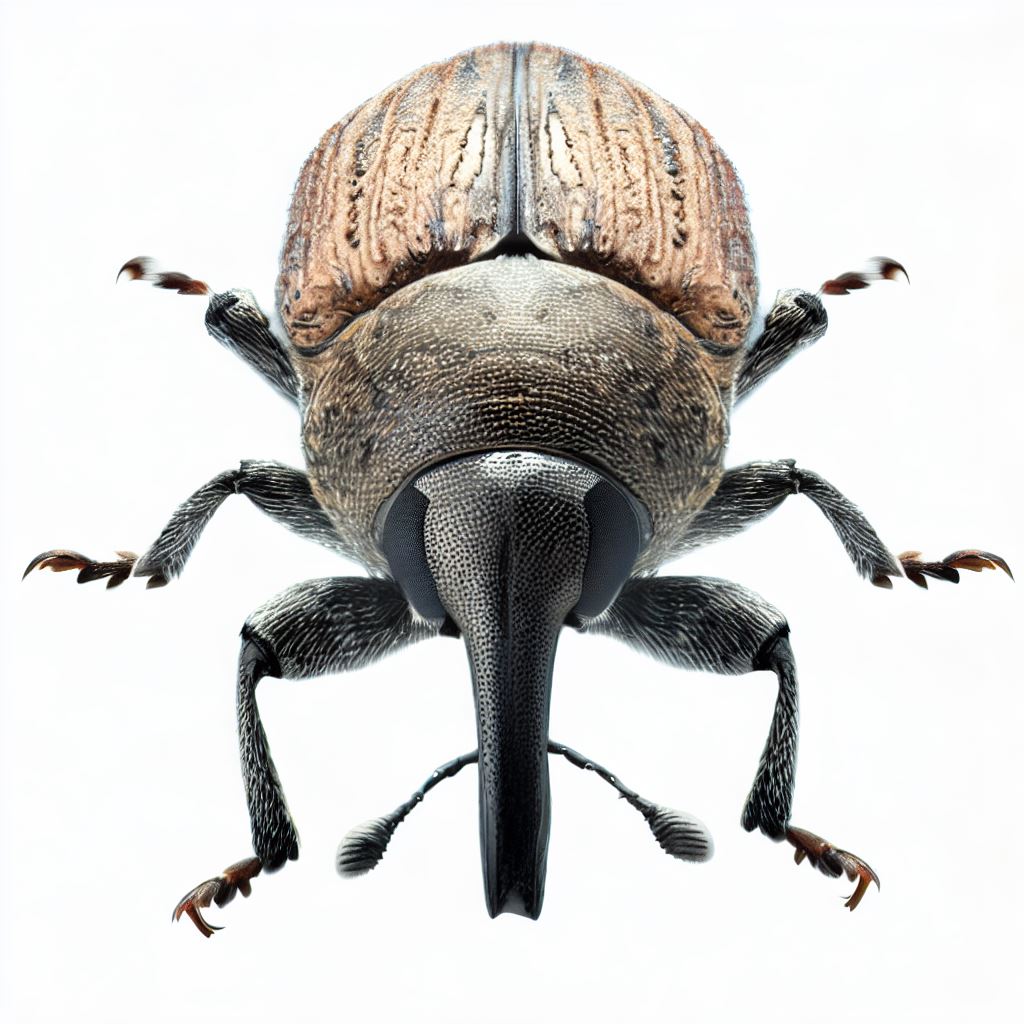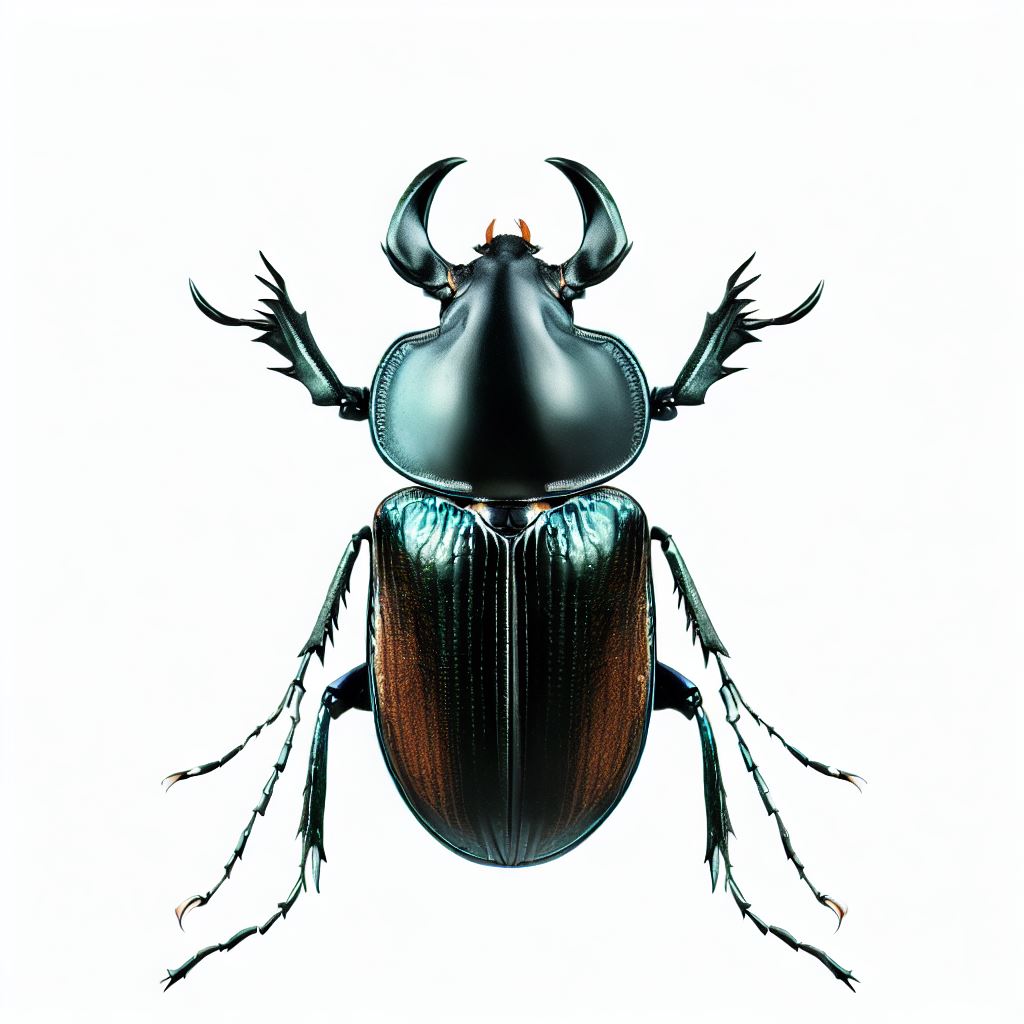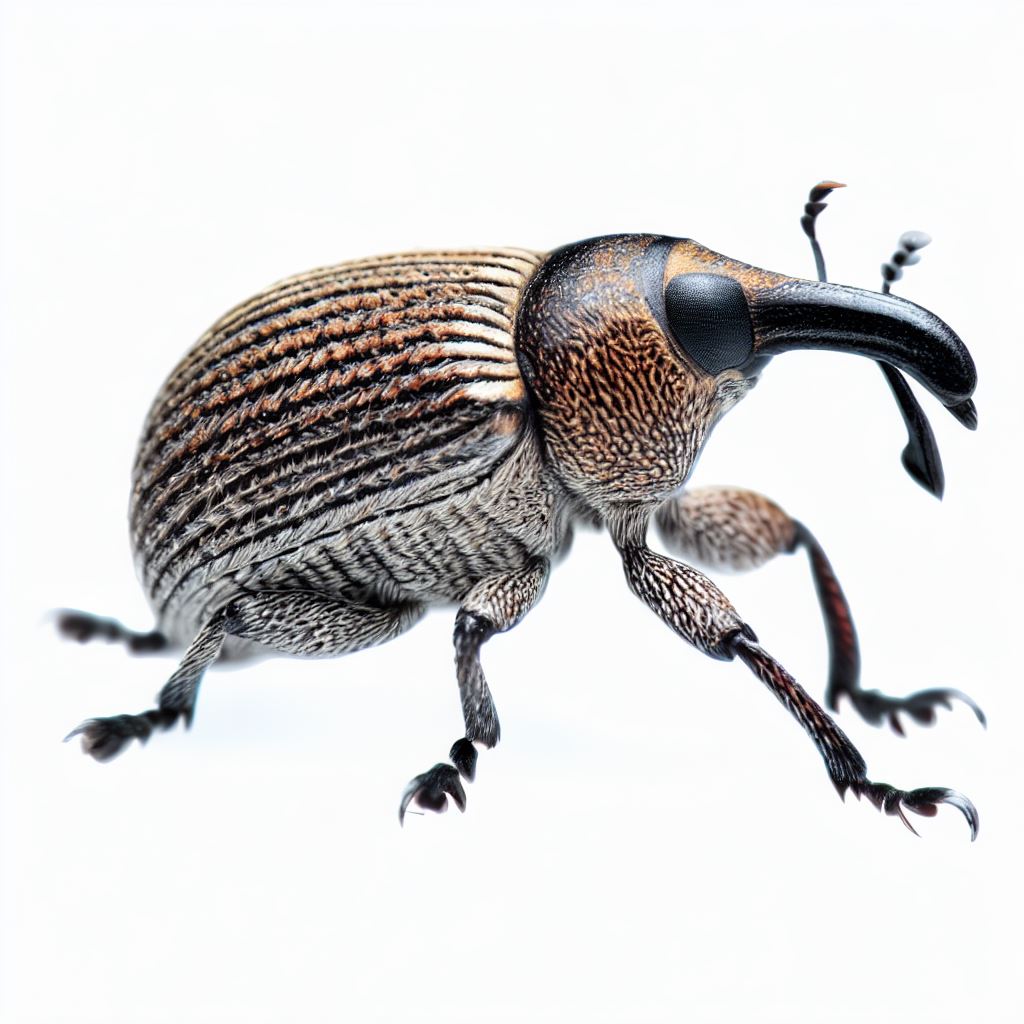Everything about stored product pests

| Stored Product Pests | |
|---|---|
| Feature | Description |
| Type | Pests |
| Size | Varies (typically small) |
| Food | Grains, dried fruits, seeds, flours, etc. |
| Signs | Webs, frass, live/dead pests |
| Control | Cleaning, airtight storage, temperature regulation |
| Habitat | Stored food areas, pantries, warehouses |
| Impact | Product contamination, economic loss |
| Prevention | Regular inspections, proper storage |
Dissecting stored product pests Anatomy
Stored product pests are a diverse group of insects that primarily target stored food items in both residential and commercial settings. Generally, their anatomy can be described in the following way:
1. Head:
This is where the insect’s mouthparts, antennae, and compound eyes are located. The type of mouthpart varies depending on the species and their feeding habits. For instance, beetles possess chewing mouthparts while moths have a coiled tube-like structure called a proboscis, primarily designed for sipping liquids.
2. Thorax:
The thorax is the middle section of an insect’s body. It’s primarily responsible for movement. Attached to the thorax are the insect’s legs and wings (if they have them). Most stored product pests have three pairs of legs which allow them to move swiftly within infested products. Additionally, many stored product pests have wings, but not all are good fliers.
3. Abdomen:
The abdomen contains most of the insect’s vital organs, including the reproductive, excretory, and digestive systems. For many stored product pests, particularly beetles and moths, the abdomen is also the site where eggs are produced and laid.
4. Exoskeleton:
Like all insects, stored product pests have a protective exoskeleton that provides both structural support and protection. It’s made of chitin and is usually shed multiple times during the insect’s life as it grows.
5. Antennae:
These are sensory organs that can detect chemicals, air currents, and vibrations. They play a crucial role in navigation, finding food, and mate selection.
6. Life Cycle:
While not a part of their physical anatomy, it’s important to mention the typical life cycle of stored product pests. Most undergo complete metamorphosis, which includes the egg, larva, pupa, and adult stages. The larval stage is usually responsible for the most damage to stored products.
In conclusion, understanding the anatomy of stored product pests is essential for both their identification and management. Knowing what each part of their body does can offer insights into their habits, needs, and the potential risks they pose to stored products.
How Do I Get Rid Of stored product pests?
Stored product pests, known for infiltrating our food storages, pose a real challenge to households and businesses alike. To address this, a robust Stored Product Pests Control & Treatment approach is essential.
One must begin by thoroughly inspecting all dry food products and promptly discarding any compromised items. It’s crucial to adopt tight storage methods, using airtight containers to deter these pests.
Regular cleaning of storage spaces and vigilant monitoring of new grocery items before storing them can also make a significant difference. In persistent cases, consulting a pest control expert can offer a comprehensive solution.
What are the most common types of stored product pests in Canada?
Canada, with its extensive agricultural activities and grain storage facilities, is prone to various stored product pests. These pests can infest various stored products, ranging from grains to packaged foods in households. The following are some of the most common types of stored product pests found in Canada:
- Sawtoothed Grain Beetle (Oryzaephilus surinamensis)
- Grain Weevils (e.g., Sitophilus granarius)
- Drugstore Beetle (Stegobium paniceum)
- Indian Meal Moth (Plodia interpunctella)
- Mediterranean Flour Moth (Ephestia kuehniella)

Saw-Toothed Grain Beetle

Granary Weevils

Drugstore Beetles

Indian Meal Moth

Mediterranean Flour Moth
Call us for a Free stored product pests Inspection
What are the characteristics of Saw-Toothed Grain Beetle?

| Characteristics of Saw-toothed Grain Beetle | |
|---|---|
| Feature | Description |
| Size | Typically 2.5 to 3 mm in length. |
| Color | Brown to reddish-brown. |
| Antennae | Segmented, ending in a 3-segmented club, used for sensing the environment. |
| Saw-like Projections | Has characteristic "teeth" on the sides of the prothorax, giving it its common name. |
| Habitat | Prefers stored food products such as cereals, bread, pasta, rice, and dried fruits. |
What are the characteristics of Granary Weevils?

| Characteristics of Granary Weevil | |
|---|---|
| Feature | Description |
| Size | Typically 3 to 5 mm in length. |
| Color | Shiny reddish-brown to nearly black. |
| Antennae | Elbowed with segmented club at the end, used for sensing the environment. |
| Snout | Prominent and elongated, used for boring into grains. |
| Wings | Granary weevils are wingless, hence they cannot fly. |
| Habitat | Stored grain products, especially wheat, oats, rye, barley, rice, and corn. |
| Lifecycle | Egg, larva, pupa, and adult. The larval and pupal stages are usually inside the grain kernel. |
What are the characteristics of Drugstore Beetles?

| Characteristics of Drugstore Beetle | |
|---|---|
| Feature | Description |
| Size | Typically 2 to 3.5 mm in length. |
| Color | Reddish-brown. |
| Antennae | Antennae end in a 3-segmented club, used for sensing the environment. |
| Elytra (wing covers) | Covered with fine hair and have a row of pits in a distinct pattern. |
| Wings | Functioning wings beneath the elytra, and are capable of flying. |
| Habitat | Variety of stored products including spices, herbs, grains, dried fruits, and even non-food items like books, wood, and museum specimens. |
| Lifecycle | Egg, larva, pupa, and adult. Larvae are worm-like and feed on the same food sources as adults. |
What are the characteristics of Indian Meal Moth?

| Characteristics of Indian Meal Moth | |
|---|---|
| Feature | Description |
| Size (Adult Moth) | Wingspan of about 16 to 20 mm in length. |
| Color (Adult Moth) | Outer two-thirds of wings are bronze, copper, or dark gray, while the inner third near the body is typically pale gray or off-white. |
| Antennae | Thread-like and slightly lighter in color than the body. |
| Larvae Appearance | Off-white with shades of yellow, pink, or green, depending on diet. About 12 mm long when mature. |
| Habitat | Stored food products, especially grains, cereals, flour, pet food, dried fruit, and nuts. |
| Lifecycle | Egg, larva, pupa, and adult. Larvae cause the most damage, spinning silk webbing as they feed and crawl. |
| Signs of Infestation | Silken threads or webbing in food products and the presence of larvae or adult moths. |
What Are The Characteristics Of Mediterranean flour moth?

| Characteristics of Mediterranean Flour Moth | |
|---|---|
| Feature | Description |
| Size (Adult Moth) | Wingspan of about 20 to 25 mm in length. |
| Color (Adult Moth) | Pale gray wings with two distinct black zigzag lines. |
| Antennae | Thread-like and the same color as the body. |
| Larvae Appearance | Off-white to pinkish in color with a dark head. About 12 to 15 mm long when mature. |
| Habitat | Stored food products, particularly flour, grains, and cereals. |
| Lifecycle | Egg, larva, pupa, and adult. Larvae create silk webbing in the food products they infest. |
| Signs of Infestation | Silken tubes or mats in food products, presence of larvae, or adult moths. |
Call us for a Free stored product pests Inspection
Top Tips To Prevent stored product pests Infestations: Essential Guide
1. Proper Storage:
– Use airtight containers to store food products. Clear plastic or glass containers are preferable as they allow you to see the contents and identify any potential infestations early.
2. Regular Cleaning:
– Ensure that shelves, cupboards, and pantries are cleaned regularly. Remove any spilled grains, flour, or other food residues which can attract pests.
3. Inspect Purchases:
– Before storing newly bought food items, especially grains and flour, inspect them for any signs of pests. It’s not uncommon for infestations to begin from contaminated products bought from stores.
4. Monitor Humidity and Temperature:
– Stored product pests thrive in warm and humid environments. By ensuring that storage areas are cool and dry, you can make them less appealing to pests.
5. Rotate Stock:
– Practice the “First In, First Out” (FIFO) method. Use older products before newer ones, ensuring that food doesn’t remain in storage for too long, which can become a breeding ground for pests.
Frequently Asked Questions about stored product pests
Stored product pests are insects that infest and feed on dry food products stored in homes, grocery stores, and food processing facilities. Common examples include weevils, flour beetles, and pantry moths.
Signs of infestation include the presence of adult insects, larvae, or webbings in food products, damaged packaging, and small holes in food items like grains.
While most stored product pests are not directly harmful when consumed, they can contaminate food with waste products, shed skins, and dead bodies, making the food unpalatable.

European Earwig

Shore Earwig

Ring-Legged Earwig

Seaside Earwig
